The Real Cause of Cavities: Malnutrition
Ask any mother (or any dentist for that matter) what causes cavities and they’ll tell you it’s sugar and not brushing and flossing. But is that really true?

Ask any mother (or any dentist for that matter) what causes cavities and they’ll tell you it’s sugar and not brushing and flossing. But is that really true?
What if it was all the corn flakes, peanut butter and jelly sandwiches, and pasta we’re feeding our kids that’s causing their cavities? What if we could change our diet and not only prevent cavities, but actually reverse them?
As I mentioned the other day, I really love Stephan’s blog, Whole Health Source.
He wrote a couple of very interesting posts this week on how to prevent and reverse cavities: Preventing Tooth Decay and Reversing Tooth Decay.
He quotes a study that shows that phytic acid in grains, nuts, seeds and legumes causes dental decay — due to a lack of absorption of minerals, and that avoiding phytic acid and increasing vitamin D promoted a reversal in tooth decay.
He writes:
"Drs. Mellanby set out to see if they could use their dietary principles to cure tooth decay that was already established. They divided 62 children with cavities into three different diet groups for 6 months. Group 1 ate their normal diet plus oatmeal (rich in phytic acid). Group 2 ate their normal diet plus vitamin D. Group 3 ate a grain-free diet and took vitamin D.
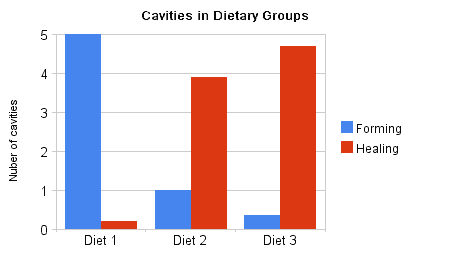
In group 1, oatmeal prevented healing and encouraged new cavities, presumably due to its ability to prevent mineral absorption. In group 2, simply adding vitamin D to the diet caused most cavities to heal and fewer to form. The most striking effect was in group 3, the group eating a grain-free diet plus vitamin D, in which nearly all cavities healed and very few new cavities developed.
Grains are the main source of phydstic acid in the modern diet, although we can’t rule out the possibility that grains were promoting tooth decay through another mechanism as well.
Dr. Mellanby was quick to point out that diet 3 was not low in carbohydrate or even sugar: “Although [diet 3] contained no bread, porridge or other cereals, it included a moderate amount of carbohydrates, for plenty of milk, jam, sugar, potatoes and vegetables were eaten by this group of children.” This study was published in the British Medical Journal (1924. 2:354) and the British Dental journal."
Source: Whole Health Source
Stephan concludes:
Optimal tooth and bone formation occurs only on a diet that is sufficient in minerals, fat-soluble vitamins, and low in phytic acid.
So What’s Phytic Acid?
According to Wikipedia:
"Phytic acid is found within the hulls of nuts, seeds, and grains. In-home food preparation techniques can reduce the phytic acid in all of these foods. Simply cooking the food will reduce the phytic acid to some degree. More effective methods are soaking in an acid medium, lactic acid fermentation, and sprouting.
Phytic acid is a strong chelator of important minerals such as calcium, magnesium, iron, and zinc, and can therefore contribute to mineral deficiencies in people whose diets rely on these foods for their mineral intake, such as those in developing countries. It also acts as an acid, chelating the vitamin niacin, which is basic, causing the condition known as pellagra. In this way, it is an anti-nutrient.[1] For people with a particularly low intake of essential minerals, especially young children and those in developing countries, this effect can be undesirable."
Does This Mean We Have To Stop Eating All Grains, Nuts, and Seeds?
No, of course not. But it does mean that we have to prepare our grains, nuts and seeds in order to reduce the phytic acid. Grains, nuts, seeds and legumes must be soaked for a minimum of several hours and up to a few weeks (depending on the food) in an acid medium (such as kefir, buttermilk, whey, lemon, or vinegar). You can sprout whole grains and then grind into flour, buy sprouted flour, and/or use a sourdough starter. Nuts and seeds can be soaked/sprouted and dried. Beans also need to be soaked before cooking.
What Are Fat Soluble Vitamins?
There are 4 fat-soluble vitamins: A, D, E & K.
Most people will tell you that you don’t need large amounts of these vitamins. However, Dr. Weston Price found that native people who had little to no tooth decay were consuming ten times the amount of fat soluble vitamins than people in his day (this was in the 1920s and ’30s, when people ate substantially more animal fat, lard and butter).
Best Food Sources of Fat Soluble Vitamins
Vitamin A
It is best to obtain vitamin A from natural sources like yellow butter, egg yolks, organ meats, fish, shellfish and cod liver oil as high amounts of synthetic vitamin A from supplements can be toxic, especially to those with impaired liver function and to those whose diets are otherwise poor. High levels of natural vitamin A have no toxic effects, in spite of the medical establishment’s dire warnings to the contrary. Antibiotics, laxatives, fat substitutes and cholesterol-lowering drugs interfere with vitamin-A absorption. (Source: Weston A. Price Foundation)

Vitamin D
"The body manufactures vitamin D3 out of cholesterol in the presence of sunlight. Although some claim that we can obtain all the vitamin D we need by spending a short amount of time each day in the sun, Price found that healthy primitive diets were rich in vitamin D-containing foods like butterfat, eggs, liver, organ meats, marine oils and seafood, particularly shrimp and crab. Synthetic D2 has been linked to hyperactivity, coronary heart disease and other allergic reactions. New research indicates that optimal intake should be ten times higher than the US Recommended Daily Allowance, thus confirming the findings of Dr. Price." (Source: Weston A. Price Foundation)

Vitamin E
"Vitamin E is found in butter, organ meats, grains, nuts, seeds, legumes and dark green leafy vegetables. (Source: Weston A. Price Foundation)
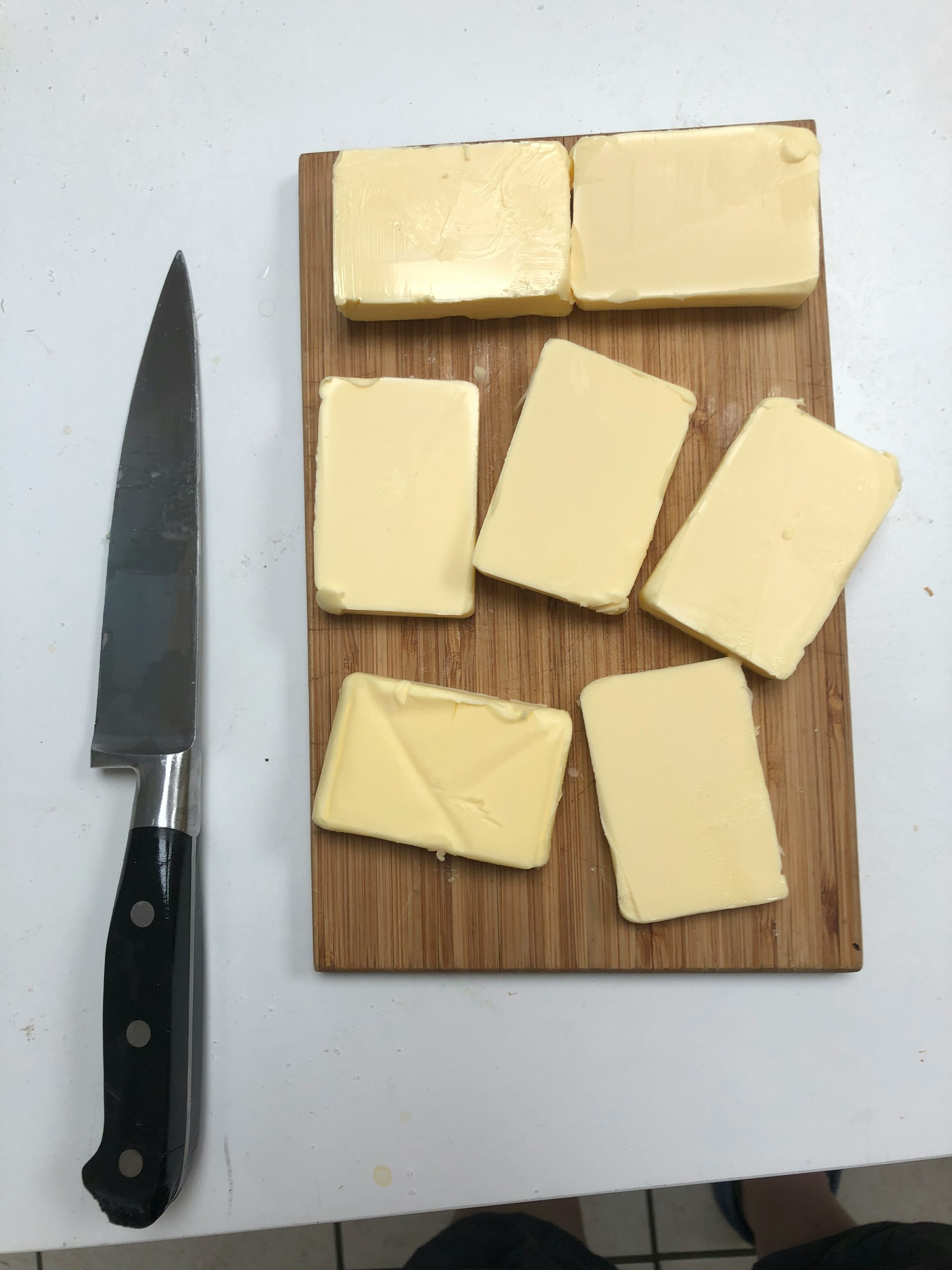
Vitamin K
"Vitamin K is found in liver, egg yolks, butter, grains, dark leafy vegetables, vegetables of the cabbage family and fermented soy foods like miso (and natto)." Source: Weston A. Price Foundation
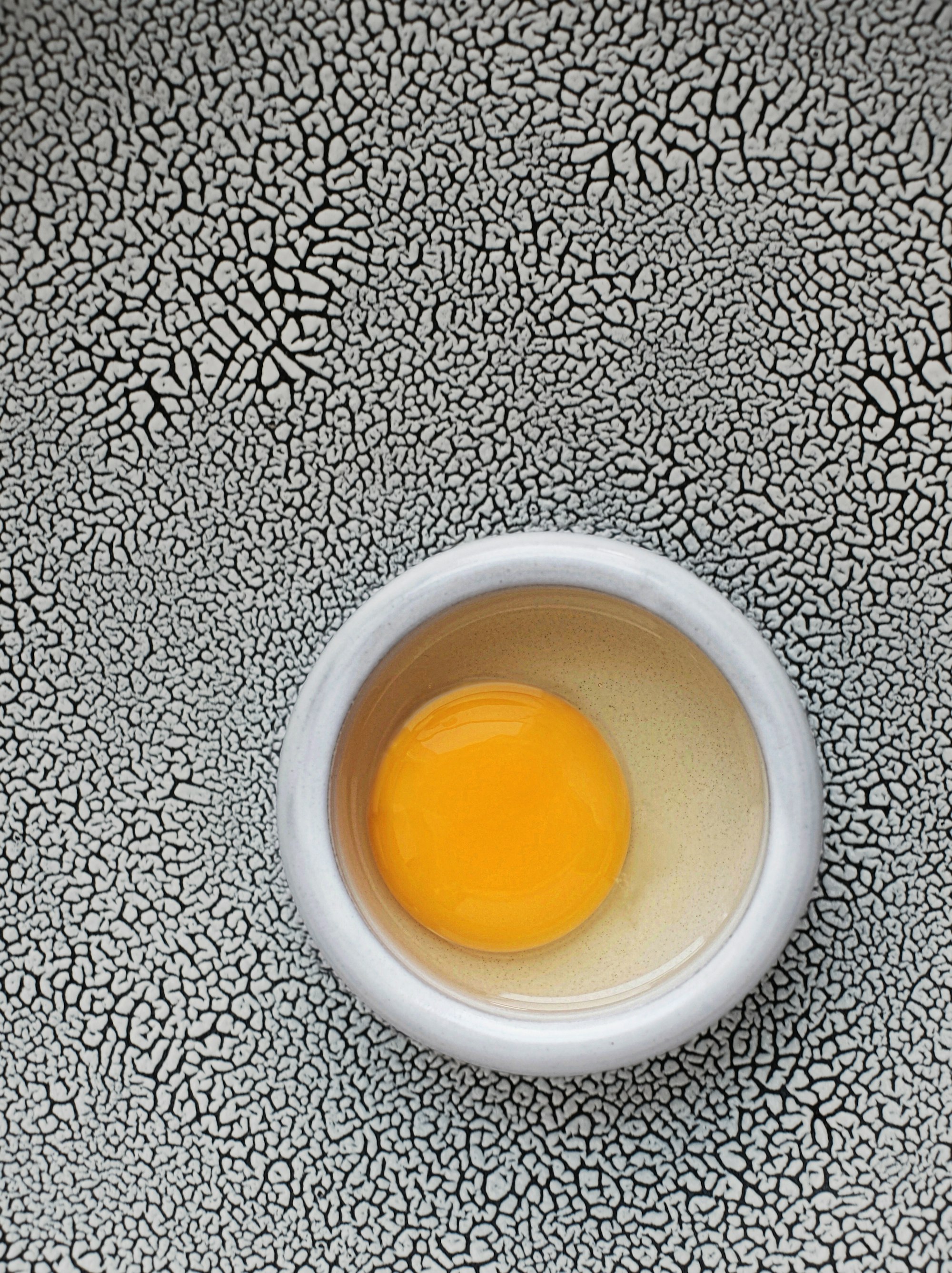
How To Avoid Phytic Acid
Bread
I posted the other day about real sourdough bread, and how the long fermentation using a sourdough starter helps to reduce phytic acid. Trader Joe’s sells a few brands of bread made with real sourdough bread (read the label — it has to say “culture” — most “sourdough sold at stores is not real).
Or you can buy sprouted bread or buy sprouted flour to make your own bread.
Click here for sources of sprouted flour.
You can also buy a sourdough starter culture.
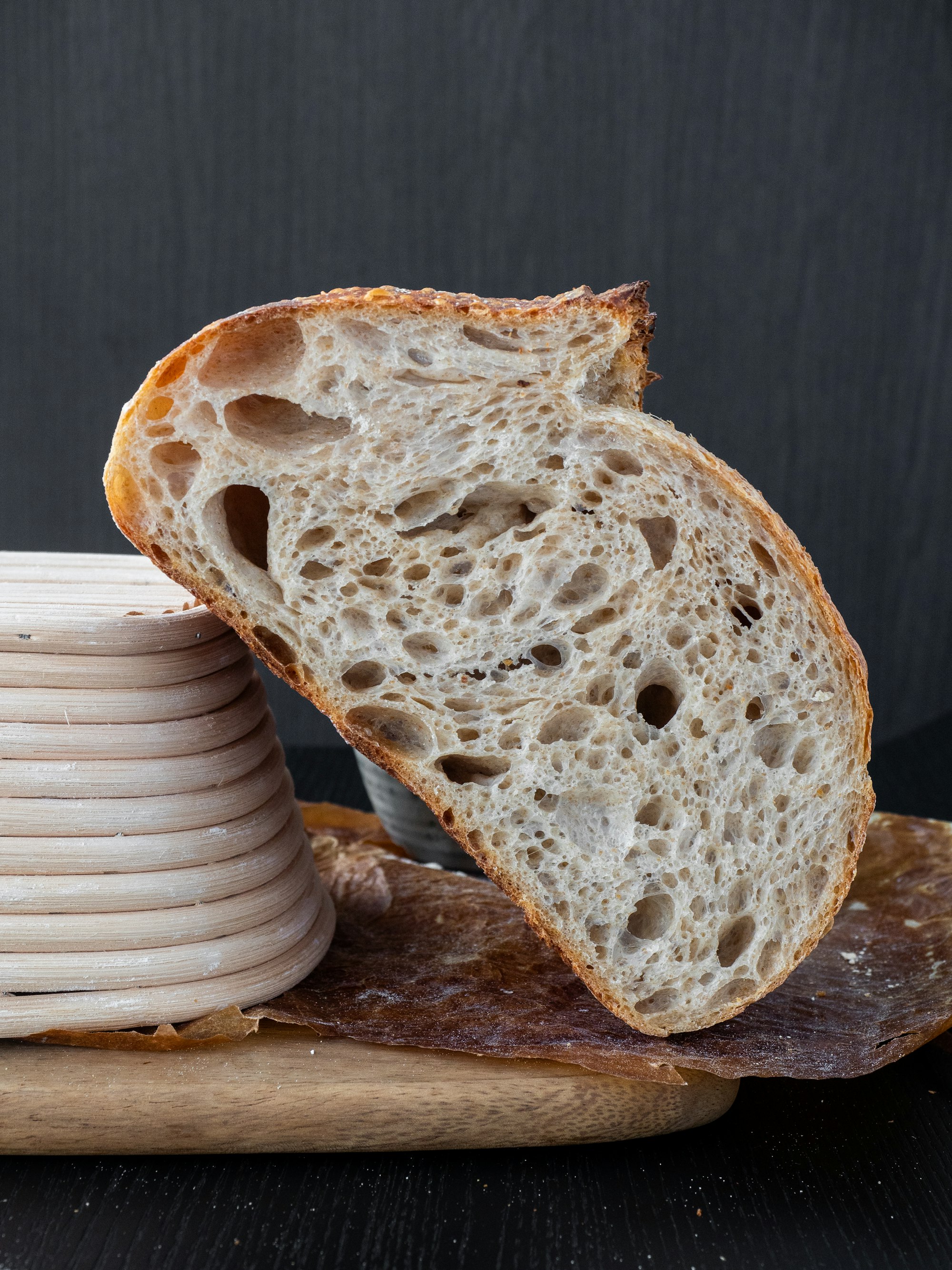
Rice & Pasta
Rice is also lower in phytic acid, and while it’s ideal to soak it, you can get away without.
Rice pasta is a good compromise food — it’s available at Trader Joe’s and other stores (I have tasted most of the brands and I think the Trader Joe’s rice pasta is the best tasting). I’m going to be learning how to make sourdough pasta and pizza dough in the near future and I promise to post about it.

Cereal
Avoid commercial cereal. Buy oatmeal instead, and soak it overnight in warm filtered water, with a little kefir, vinegar, lemon juice, or whey to break down the phytic acid.
You could also make granola using soaked grains and/or nuts. Here’s a recipe that explains how to soak and dry oats for granola.
Here’s a recipe for cereal using whole grain flour.
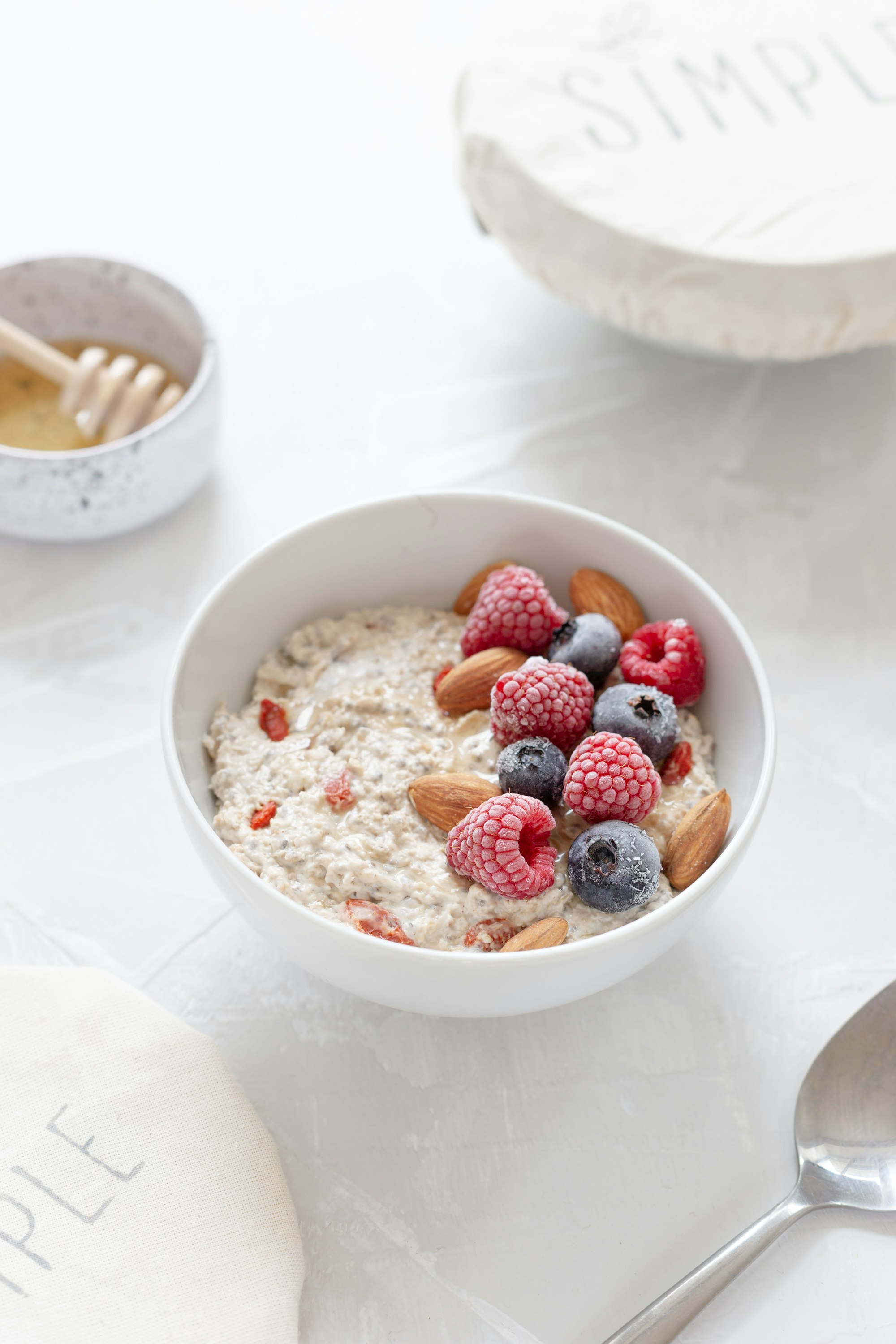
Peanut Butter
You can make your own peanut butter. Soak the peanuts and then dry them in the oven or a food dehydrator.
If you must buy store bought peanut butter, use in moderation. Peanuts are high in phytic acid. — click here for my homemade recipe.

Soy
Avoid soy in all forms, even edamame — unless it is naturally fermented (in the form of naturally fermented soy sauce, miso, or natto). Soy is very high in phytic acid — unless it is fermented.
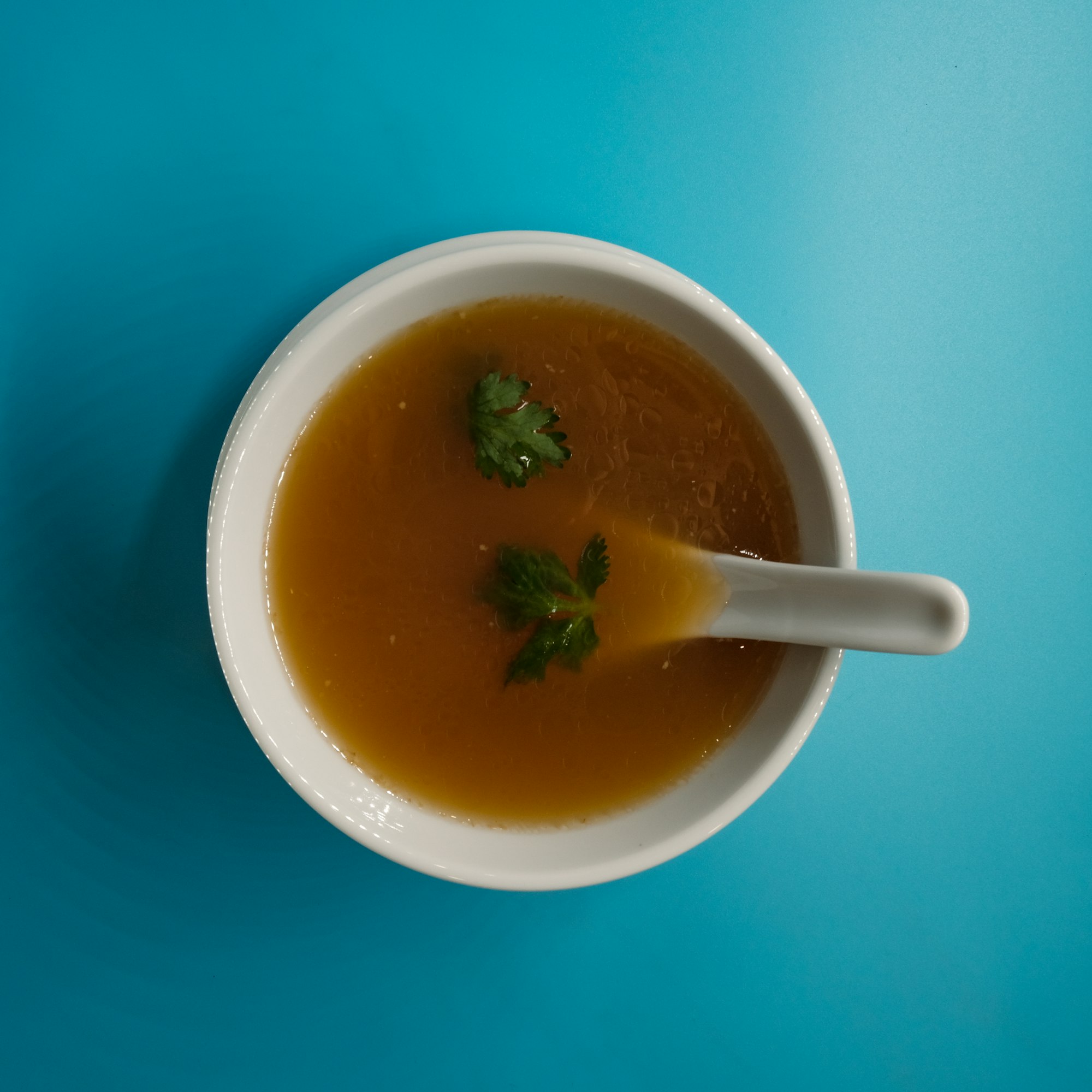



Comments ()